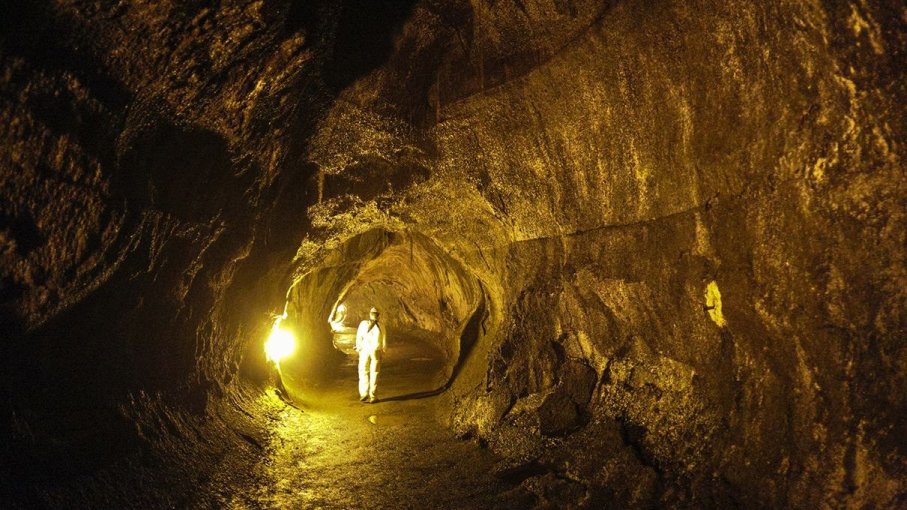Massive Lunar Lava Tubes Could Become Home for Moon Colonists

Though it may sound like the hidden lair of a supervillain, it’s no secret that scientists have been devising plans for an international manned base on the moon. A tentative construction date? Sometime around 2050. And if colonists are going to live lunar for extended periods, the best place for them to do so is underground, where they can avoid being pelted by meteorites and exposed to harmful radiation in an environment lacking an atmosphere to shield them. The drawback of that scenario, of course, has been that it would require sending a lot of expensive machinery to the moon to dig the manmade caverns in which lunar pioneers would live.
But things may be looking up by looking within, thanks to new data gathered by satellites orbiting the moon. It could be that we could colonize the moon without too much digging, because there are ready-made underground spaces that explorers could exploit. Those cavities are lava tubes — spaces carved by underground rivers of molten rock from ancient lunar volcanoes. When the lava ran dry, the routes through which it flowed formed cylindrical channels, similar to natural tunnels that exist back here on Earth in Hawaii and Iceland. But unlike Earth’s tunnels, which usually measure less than 100 feet (31 meters) across, satellite observations of lunar gravity suggest that the lava tubes are much larger in scale.
In a study that appears in the online journal Icarus, a team of Purdue University scientists conclude that lunar lava tubes up to 3.1 miles (5 kilometers) wide may be able to remain structurally sound as we set up shop on our rocky satellite. NASA scientists already have scoped out one lunar lava tube, the Marius Hills pit, as a potential location for an outpost.



 Creators of mankind
Creators of mankind Description of “Tall white aliens”
Description of “Tall white aliens” Where they came from?
Where they came from? About hostile civilizations
About hostile civilizations The war for the Earth
The war for the Earth “Tall white aliens” about eternal life
“Tall white aliens” about eternal life Video: “Nordic aliens”
Video: “Nordic aliens” Aliens
Aliens Alien encounters
Alien encounters The aliens base
The aliens base UFO
UFO Technology UFO
Technology UFO Underground civilization
Underground civilization Ancient alien artifacts
Ancient alien artifacts Military and UFO
Military and UFO Mysteries and hypotheses
Mysteries and hypotheses Scientific facts
Scientific facts


















